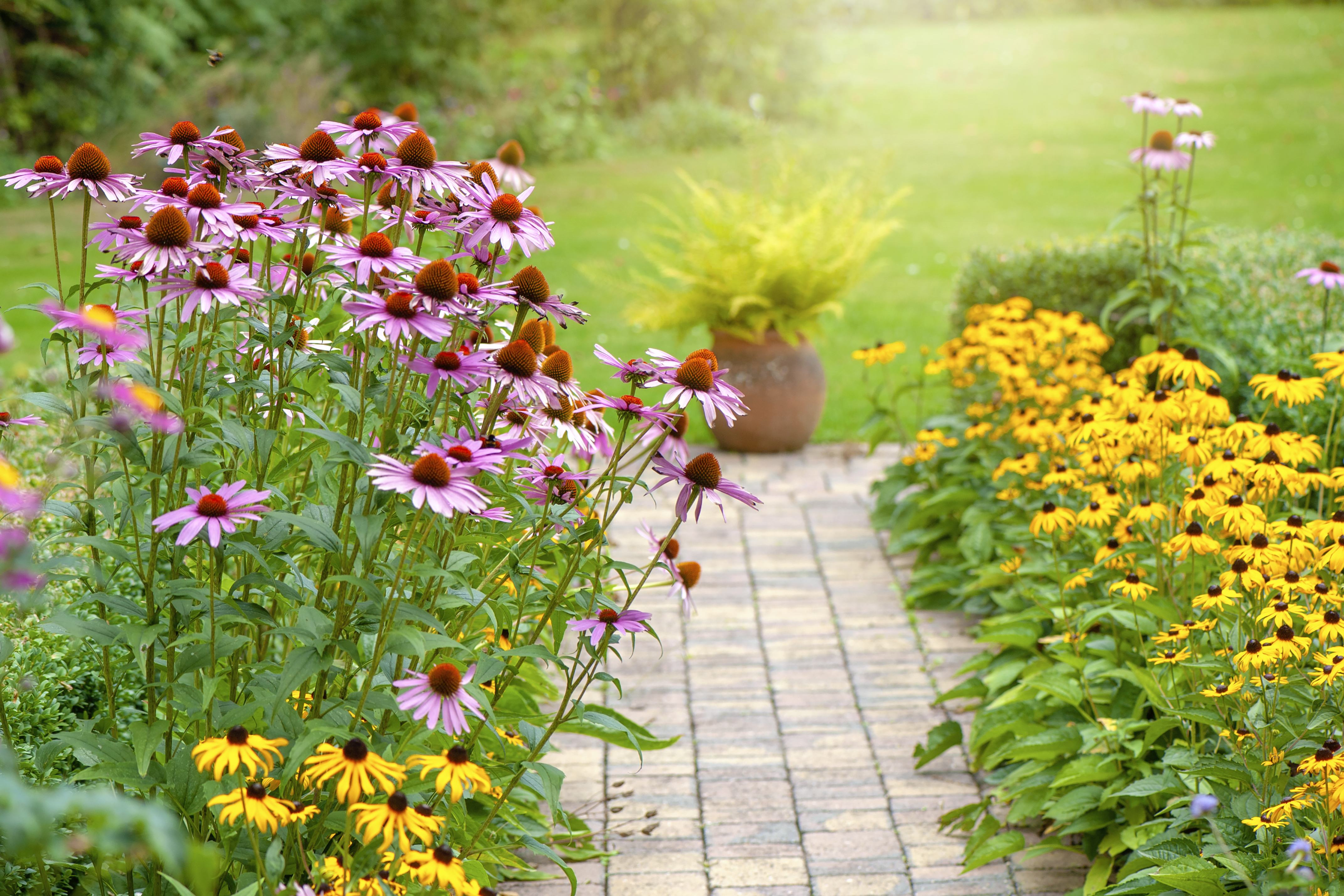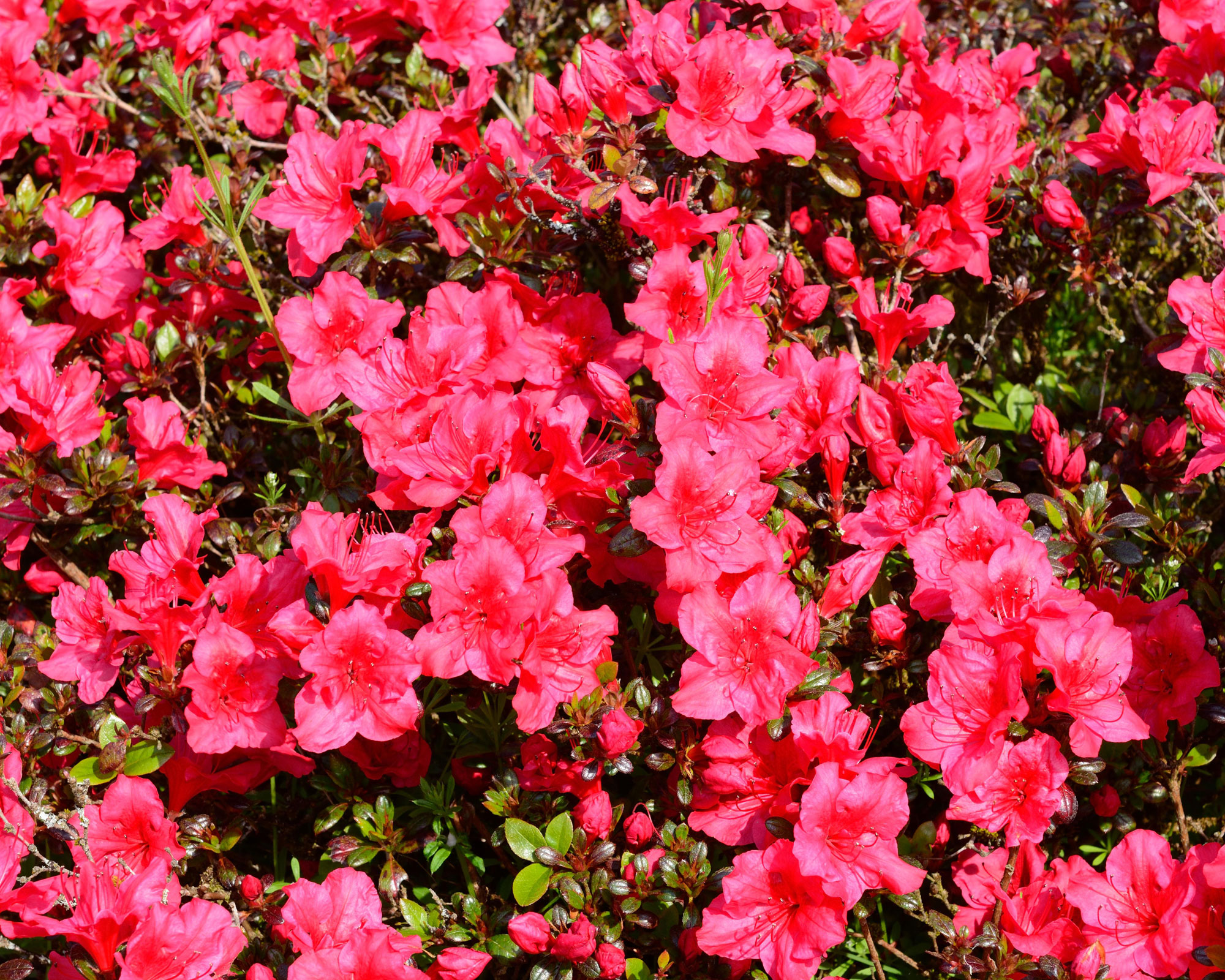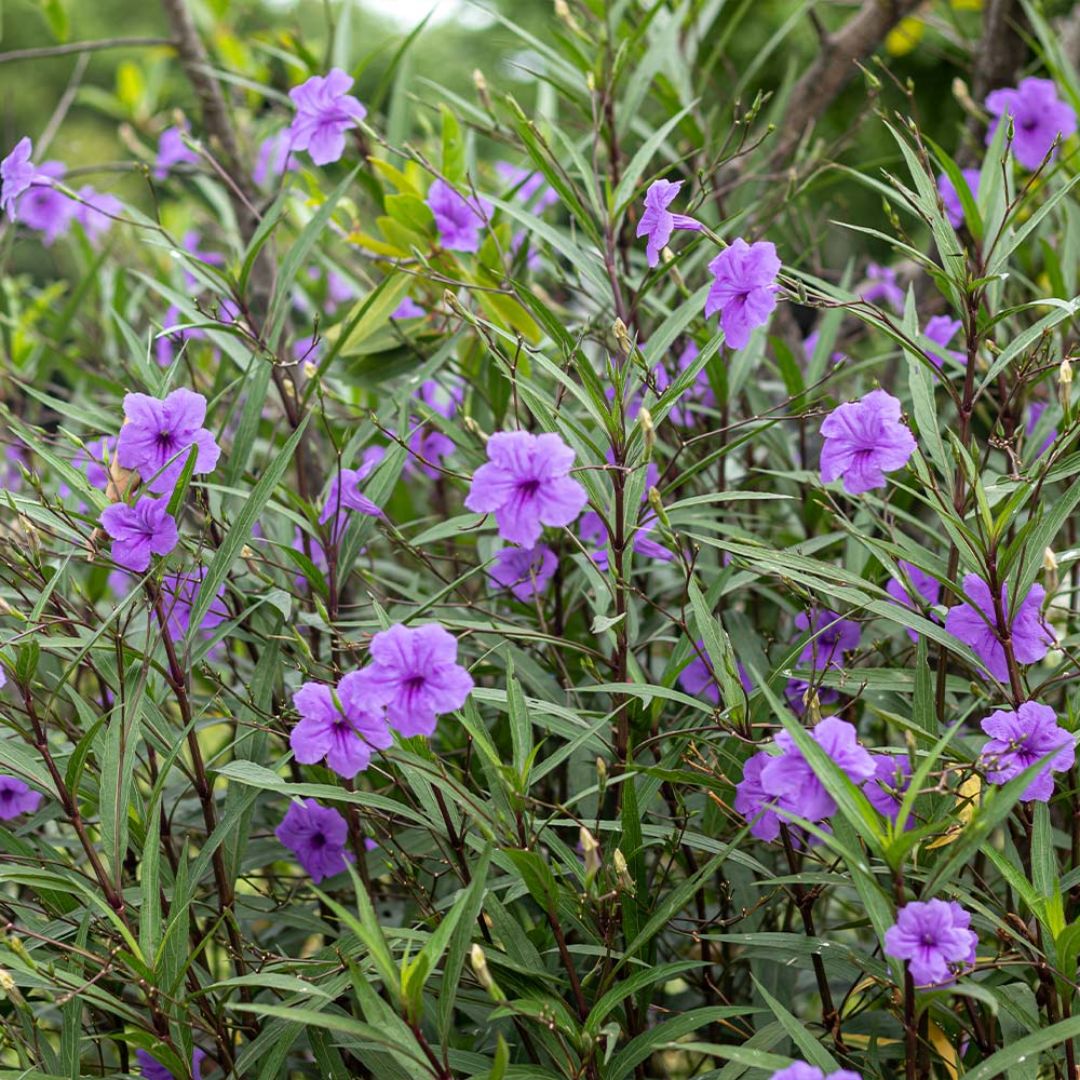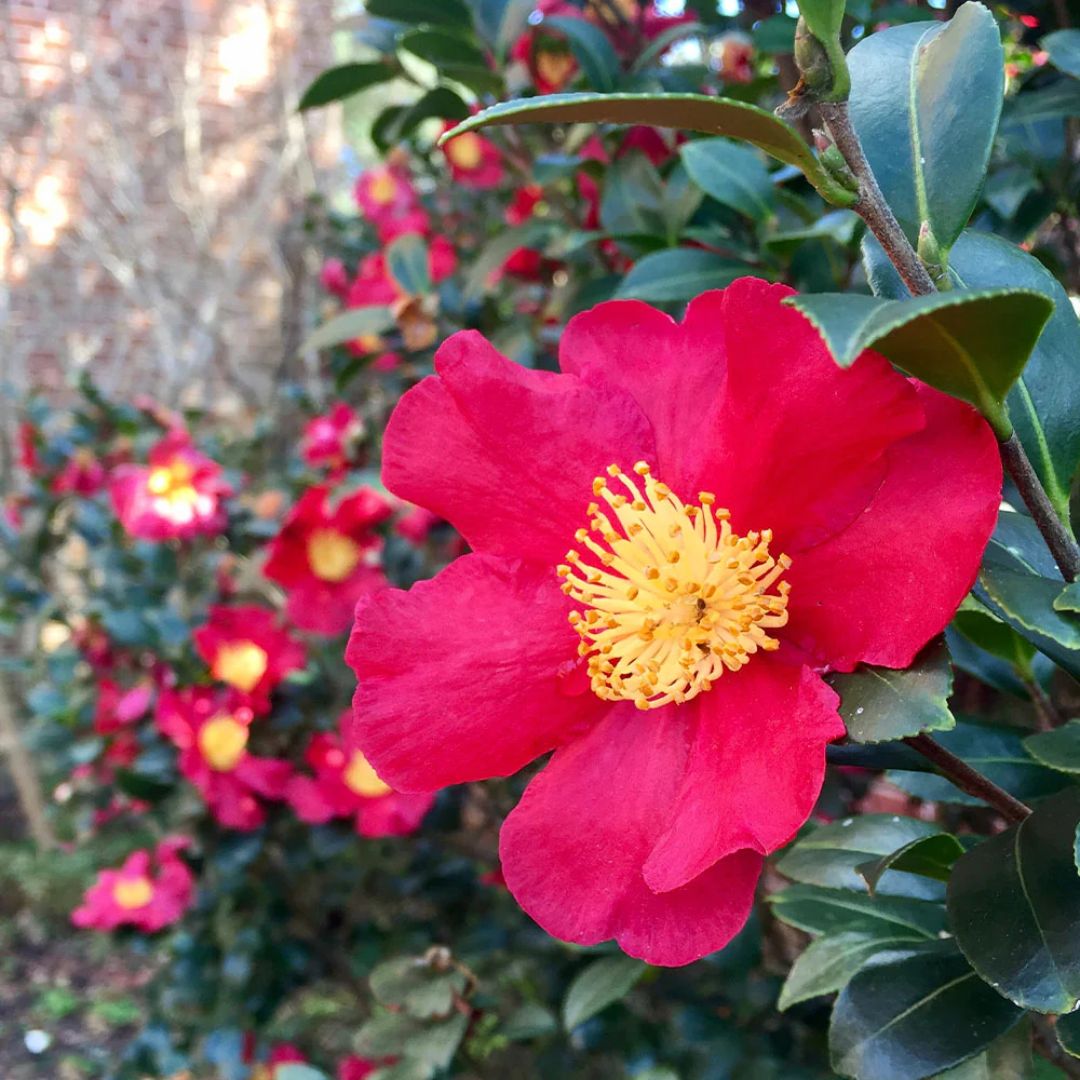Why We've Fallen for 'Swathe Planting' — The Low-Maintenance Flower Bed Trend That Gives You Better Blooms
Want to create impact, drama, and a sumptuous landscape? Consider this technique that's simple but effective


Also known as 'mass(ed) planting' or 'planting in drifts', swathe planting — a technique that's been around for decades — is the perfect way to give your garden a grand, eye-catching look. It dictates that colorful plants be grouped in swoops, drifts, and rivers, giving the garden a pop of color and pattern.
What's more, this method can be used in large or small, modern or cottage-style backyards, and the results are always spectacular and draw the eye. If you're looking to update and add a modern touch to your garden, then this could be the best way.
What is swathe planting?

A modern garden technique, this is a low-maintenance, sustainable and simple way to make an impact in a garden of any size.
'Swathe planting is when a large group of plants are grouped together, in a strip or a single flower bed,' says Chris Bonnett, founder of Gardening Express. 'The idea is that the plants are supposed to have a natural swaying effect where they’ll harmoniously move in the wind. And this gives the outdoors an eye-catching effect.'
What type of flowers can you use in swathe planting?

The idea behind this style of planting is to create the most charming flower beds.
'This method offers versatility, allowing for a wide range of flowers and plants to be used,' says Reese L Robins, gardening expert at Just Pure Gardening. 'Vibrant annuals such as marigolds, petunias, and zinnias are popular choices for swathe planting, as they provide bursts of color and season-long blooms.'
'For a more enduring effect, try incorporating ornamental grasses like miscanthus or sedges, which offer a dynamic contrast with their varied foliage textures and colors. Additionally, flowering perennials such as daylilies, coneflowers, and salvias can add long-lasting blooms and seasonal interest to swathe plantings.'
The Livingetc newsletters are your inside source for what’s shaping interiors now - and what’s next. Discover trend forecasts, smart style ideas, and curated shopping inspiration that brings design to life. Subscribe today and stay ahead of the curve.
What plants can you group together in swathe planting?

'Hibiscus flowers, azaleas, and camellia are great choices to use in swathe planting,' says Chris. 'Having vibrant colours in the flower beds can transform the garden space to look more inviting, especially when the sun begins to shine and people start to spend more time outdoors.'
'Another viable choice is adding fountain grasses to create a lively swaying effect,' says Chris. 'To add some variety consider doing one row of perennial plants and then another row of the fountain grasses.'
While this flower bed trend is usually for lush plants, it is a method that can also be used to with plant pots placed together, to get the look. Apart from beauty, you also get lower maintenance landscape.
What are the pros and cons of swathe planting?
'When you group plants closely together like this, it's like creating a natural barrier against weeds,' says Reese. 'The dense foliage shades the soil, keeping it moist and cool, which means less watering and maintenance for you. Plus, all those plants packed together draw the eye and add rhythm to your landscape. It's not just about looks though — swath planting is practical too.'
'It's perfect for concealing unsightly foundations or defining areas within sprawling open spaces,' says Reese. 'Ultimately, it not only enhances the aesthetic appeal of your garden but also reduces the need for ongoing maintenance.'
While a great way to add to the garden color schemes, swathe planting may not always be ideal in a few circumstances.
'We advise only to invest in swathe planting if you have plenty of green space, otherwise, it can make the garden look messy and cramped,' says Chris. 'Having plants grouped in swathe planting can also make them more likely to catch nasty diseases which can cause an entire row to be ruined. We advise checking the plants every few days to detect any signs of damage or decay to ensure they survive.'
'We also don’t recommend using swathe planting if you’re garden has an uneven surface,' says Chris. 'We strongly advise doing swathe planting on a flat landscape to encourage healthy growth.'
3 plants to start swathe flower bed

Aditi Sharma Maheshwari started her career at The Address (The Times of India), a tabloid on interiors and art. She wrote profiles of Indian artists, designers, and architects, and covered inspiring houses and commercial properties. After four years, she moved to ELLE DECOR as a senior features writer, where she contributed to the magazine and website, and also worked alongside the events team on India Design ID — the brand’s 10-day, annual design show. She wrote across topics: from designer interviews, and house tours, to new product launches, shopping pages, and reviews. After three years, she was hired as the senior editor at Houzz. The website content focused on practical advice on decorating the home and making design feel more approachable. She created fresh series on budget buys, design hacks, and DIYs, all backed with expert advice. Equipped with sizable knowledge of the industry and with a good network, she moved to Architectural Digest (Conde Nast) as the digital editor. The publication's focus was on high-end design, and her content highlighted A-listers, starchitects, and high-concept products, all customized for an audience that loves and invests in luxury. After a two-year stint, she moved to the UK and was hired at Livingetc as a design editor. She now freelances for a variety of interiors publications.


